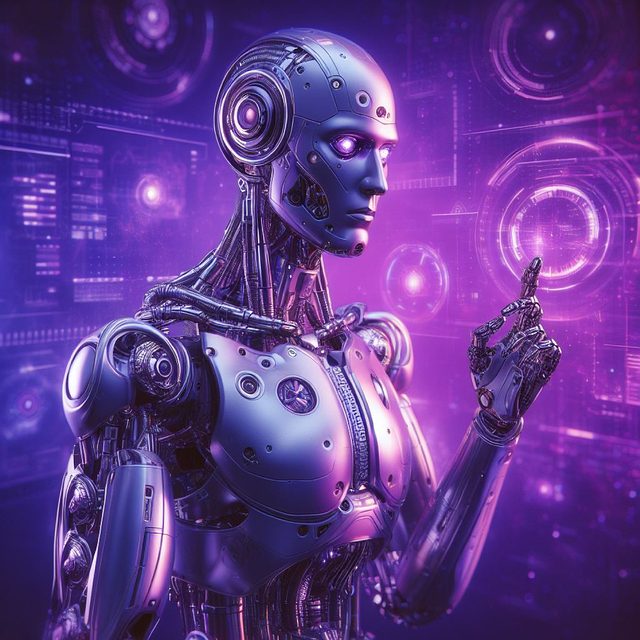Chatbot AI transforms human-computer interaction through automated, personalized conversations powered by NLP and machine learning. Choosing the right platform like Dialogflow or open-source options like Rasa is crucial for development success. Effective conversation flows map user inputs to tailored responses, enhancing user experience. Training with diverse, high-quality data teaches the chatbot accurate responses, while implementation requires monitoring, testing, and iterative improvements based on user feedback to ensure optimal performance.
Creating your own chatbot AI is an exciting journey into the future of communication. In this article, we’ll guide you through the process from understanding the fundamentals of chatbot AI and its functionality, to choosing the right platform, designing engaging conversation flows, training with quality data, and continuous improvement. By following these steps, you’ll be well on your way to developing a robust and effective chatbot AI.
- Understand the Basics of Chatbot AI and Its Functionality
- Choose a Suitable Platform or Framework for Development
- Design Effective Conversation Flows and User Personas
- Train and Feed Your Chatbot with Quality Data
- Implement, Test, and Continuously Improve Your Chatbot
Understand the Basics of Chatbot AI and Its Functionality
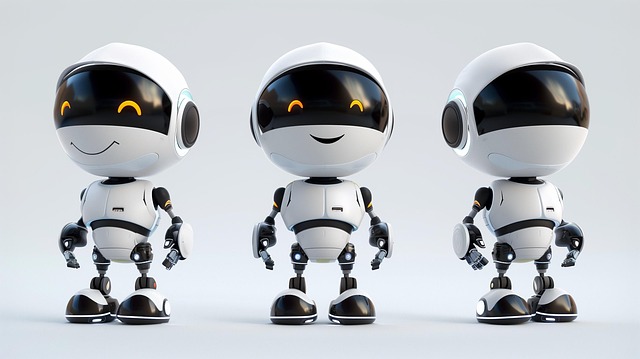
Chatbot AI has transformed the way we interact with technology, offering automated and personalized experiences. At its core, a chatbot is driven by artificial intelligence, specifically natural language processing (NLP), which enables machines to understand and respond to human language. This technology interprets user inputs, generates relevant outputs, and learns from these interactions to improve over time.
Functionally, chatbots can be categorized into rule-based and AI-powered systems. Rule-based chatbots follow pre-defined rules and scripts, providing limited responses based on specific keywords or patterns. In contrast, AI-powered chatbots use machine learning algorithms to process vast amounts of data, enabling them to learn from user interactions and deliver more dynamic, contextually relevant conversations. These advanced chatbots can handle complex queries, adapt to different user needs, and continuously evolve as they gather new data.
Choose a Suitable Platform or Framework for Development
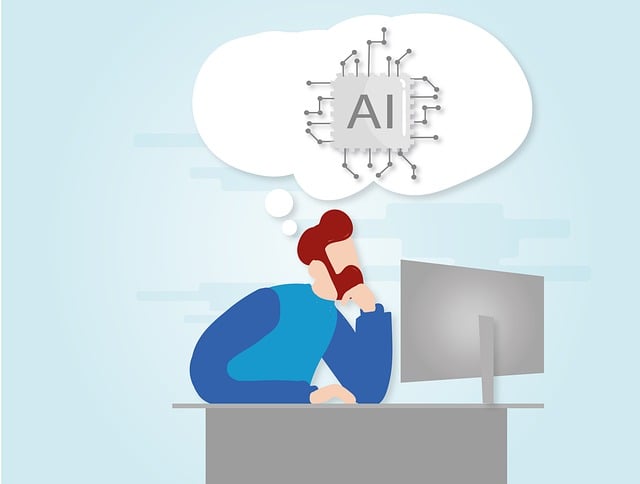
When creating a chatbot, selecting the right platform or framework is a pivotal step in your development journey. The market offers a wide array of options tailored to different skill levels and project requirements. For beginners, user-friendly platforms like Dialogflow (formerly API.AI) or IBM Watson Assistant provide intuitive interfaces with drag-and-drop functionality, making it easy to build conversational agents without delving into complex coding. These platforms leverage natural language processing (NLP) and machine learning capabilities, enabling your chatbot AI to understand and respond to user queries effectively.
For developers seeking more customization and control, open-source frameworks such as Rasa or Botpress provide robust tools. These offer advanced features like custom intent training, entity recognition, and complex dialogue flow management. They allow for seamless integration with various messaging platforms and APIs, making it possible to create sophisticated chatbots capable of handling intricate user interactions. Whether you’re a novice or an experienced developer, choosing the appropriate platform ensures your chatbot project gains momentum from the outset.
Design Effective Conversation Flows and User Personas
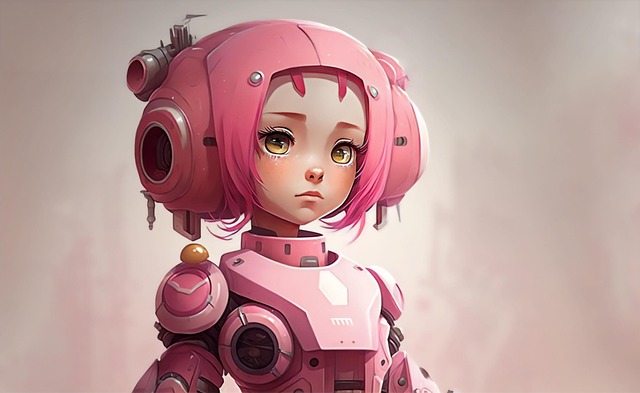
Designing effective conversation flows is a key aspect of creating a successful chatbot AI. It involves mapping out how your chatbot will respond to user inputs, ensuring logical and engaging interactions. Start by defining user personas, which represent different types of users who will interact with your chatbot. Consider their goals, pain points, and communication styles. This understanding allows you to tailor responses that resonate with each persona, enhancing the overall user experience.
By creating detailed conversation flows, you guide the chatbot through various scenarios, ensuring it provides relevant and useful information. Incorporate branching logic, where the chatbot’s responses lead to different paths based on user inputs. This dynamic approach makes conversations more natural and allows for greater flexibility in handling diverse user queries. User personas and well-structured conversation flows work hand in hand to create a chatbot AI that not only understands but also captivates its audience.
Train and Feed Your Chatbot with Quality Data
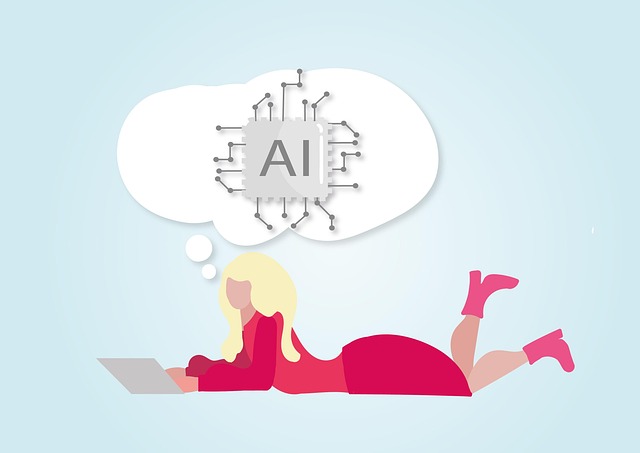
Training a chatbot AI is akin to teaching a child—it learns from what it’s given. To create an effective and engaging chatbot, you must feed it high-quality data that covers a wide range of potential user queries and scenarios. This involves curating a diverse dataset that includes common questions, edge cases, and everything in between. Think of it as building a robust vocabulary for your chatbot so it can understand and respond accurately to users’ needs.
The quality of the data directly impacts the performance and accuracy of your chatbot AI. Inaccurate or biased data can lead to incorrect responses, damaging user trust. Conversely, well-rounded, accurate data enables your chatbot to learn effectively, enhancing its ability to engage in natural-sounding conversations. Regularly update and refine your training data to ensure your chatbot stays sharp and relevant as language trends evolve.
Implement, Test, and Continuously Improve Your Chatbot
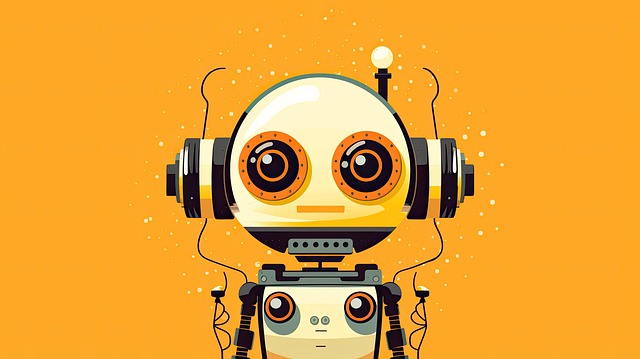
After developing your chatbot AI, the next crucial steps are implementation, thorough testing, and ongoing improvement. Implement your chatbot on the chosen platform(s) to make it accessible to users. During this phase, monitor its performance closely, paying attention to user interactions and feedback. Identify any issues or areas where the chatbot’s responses could be more accurate or helpful.
Regularly test the chatbot with a diverse set of inputs to ensure it handles various scenarios as expected. Continuously gather user feedback and analyze interaction data to refine the chatbot’s knowledge base and algorithms. This iterative process allows you to continuously improve the chatbot AI, enhancing its ability to provide valuable and engaging interactions over time.
Creating a chatbot involves understanding the fundamentals of AI, selecting the right development platform, crafting well-structured conversation flows, and continuously refining it with quality data. By following these steps and staying updated on advancements in chatbot AI, you can develop an effective and engaging conversational agent that enhances user experiences.
